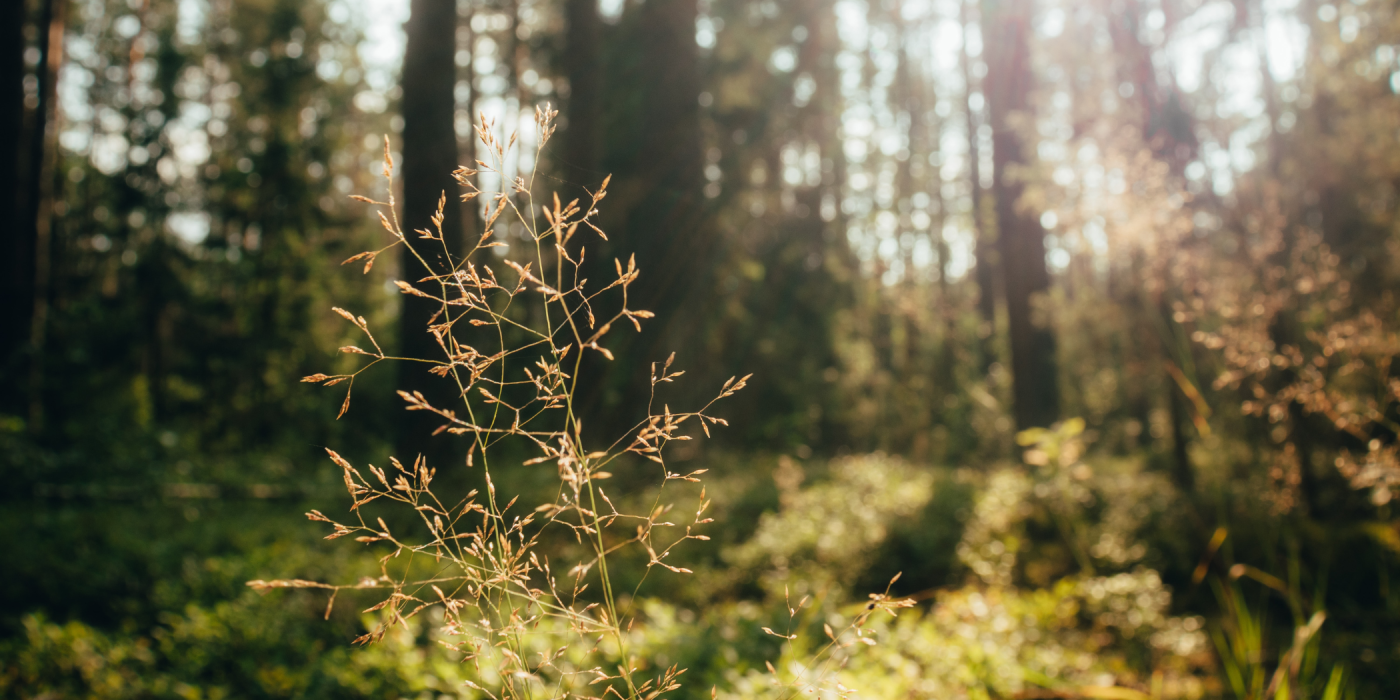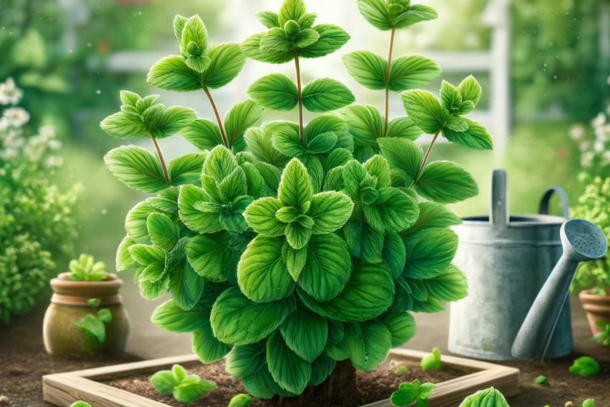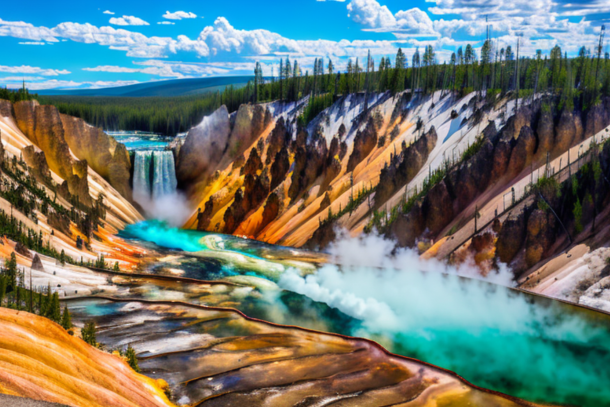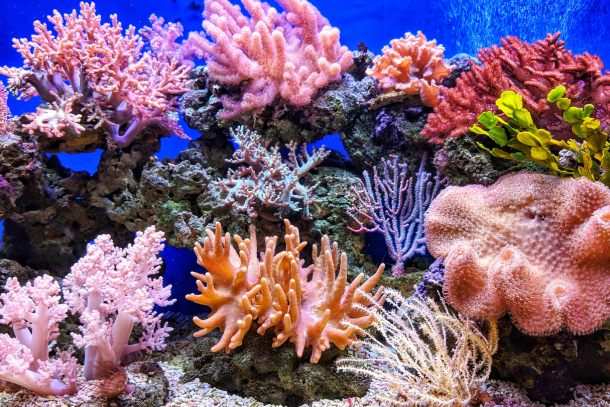Unveiling Nature's Secrets: The Joy of Plant Identification on Nature Walks

Nature walks offer an extraordinary way to connect with our environment, appreciate its beauty, and understand the intricate relationships within the ecosystem. The act of identifying the diverse flora on these walks adds an extra layer of richness to the experience.
Introduction to Nature Walks and Their Importance
The Joy of Nature Walks
Nature walks are not just a pastime; they are an opportunity to immerse oneself in the natural world. The simple act of walking amongst trees, flowers, and wildlife fosters a sense of well-being, offers a break from our busy lives, and cultivates a deeper connection to nature.
The Importance of Nature Walks
Beyond personal enjoyment, nature walks contribute to our understanding and appreciation of the environment. They open the door to ecological awareness, encouraging us to be mindful stewards of our surroundings.
Overview of Plant Identification
Plant identification is the skill of recognising and naming different plant species. It's a delightful puzzle that challenges both beginners and experts alike.
Recognising Plant Characteristics
Through learning about leaves, flowers, stems, and other plant parts, enthusiasts can identify a wide range of plants. This adds depth to the nature walk experience, transforming a simple stroll into an educational adventure.
Importance of Identifying Plants Correctly
The accurate identification of plants is not merely an intellectual exercise. It holds real-world significance.
Safety and Conservation
Proper identification can prevent unintentional harm to protected species and ensure personal safety by avoiding potentially toxic plants. Furthermore, it fosters a more profound respect for biodiversity, leading to greater conservation efforts.
In conclusion, nature walks combined with plant identification offer a multifaceted experience that delights the senses, stimulates the mind, and nourishes the soul. By recognising and appreciating the flora around us, we deepen our connection to nature and play a role in preserving the environment we so cherish.
Benefits of Plant Identification
Enhancing the Nature Walk Experience
Plant identification goes far beyond merely recognising different species; it truly enhances the nature walk experience. Identifying plants adds a new dimension to your walks, transforming them into an interactive learning journey. By understanding what you are looking at, you can appreciate the complexity and beauty of the natural world around you. Each walk becomes a new adventure filled with discovery.
Educational Values
The educational benefits of plant identification are vast. It fosters a deeper understanding of botany, ecology, and the interconnections within ecosystems. Whether you're a casual walker, a student, or an aspiring naturalist, the knowledge gained can enrich your educational pursuits and even spark a lifelong passion for botany.
Contribution to Conservation Efforts
Identifying plants is not just a personal joy; it can contribute to broader conservation efforts. Documenting the presence and location of specific species can aid in tracking the health of ecosystems and highlight areas that may need protection or restoration. By engaging in responsible identification practices, you become a part of a community working towards preserving the natural world.
Safety Considerations
Finally, the ability to identify plants correctly is vital for safety. Knowing which plants are safe to touch or consume and which may be poisonous or cause allergic reactions can prevent accidents during your walks. This knowledge is not only beneficial to you but can be shared with others to promote a safe and enjoyable walking experience.
In summary, plant identification is far from a mere hobby. It enhances your connection with nature, offers valuable educational insights, contributes to conservation, and ensures a safer walking experience. It's an engaging and responsible way to deepen your appreciation of the natural world.
Techniques and Tools for Plant Identification
Using Guidebooks and Mobile Apps
In the digital age, identifying plants has become more accessible than ever. Guidebooks have long been a valuable resource, providing detailed descriptions and images of various plant species. Now, mobile apps add a new layer of convenience. By merely taking a photo with a smartphone, these apps can quickly identify the plant and provide information about its name, habitat, and uses. Whether you're a beginner or an experienced botanist, these tools can enhance your nature walk experience.
Recognising Patterns and Characteristics
Recognising the patterns and characteristics of plants is essential in identification. Leaves, flowers, stems, and bark all have distinct features that can be used to determine a plant's species. By observing aspects such as leaf shape, flower colour, and growth patterns, even novice nature walkers can begin to distinguish between different plants. With practice, this skill becomes an instinctive and rewarding part of exploring the natural world.
Consulting Local Experts
Sometimes, a guidebook or app may not suffice, and consulting local experts becomes necessary. Botanists, gardeners, or members of local naturalist groups possess specialised knowledge and insights about the native flora. Their expertise can guide you in identifying rare or endangered species and understanding their significance in the local ecosystem.
Participation in Workshops and Classes
For those who wish to delve deeper into plant identification, workshops and classes offer an excellent opportunity. Conducted by professionals in the field, these sessions provide hands-on experience, teaching you how to use various tools, observe critical characteristics, and even understand the botanical terminology. Participation in such workshops fosters a community of like-minded enthusiasts and adds a profound layer to the enjoyment of nature walks.
In summary, plant identification is not merely a hobby but a way to connect intimately with nature. With the right techniques, tools, and guidance, anyone can embark on this exciting and enlightening journey. Whether through a simple app or a comprehensive workshop, identifying plants can add depth, education, and joy to every nature walk.
Plant Identification by Habitat and Season
Identifying Plants in Various Habitats
The UK's diverse landscapes provide a rich array of habitats, each fostering a unique set of plant life. Recognising plants in various habitats enhances the nature walk experience, allowing for a deeper connection to the local ecosystem.
- Woodlands: Dense with trees and undergrowth, woodlands offer species like bluebells, wild garlic, and ferns.
- Heathlands and Moorlands: Characterised by shrubs such as heather, gorse, and bilberry, these areas offer a different range of flora.
- Wetlands: With moisture-loving plants like reeds, rushes, and water lilies, wetlands present a world of aquatic botanical life.
- Coastal Areas: Coastal habitats reveal seaweeds, sea thrift, and samphire, plants adapted to salty environments.
Understanding the types of plants specific to each habitat can turn an ordinary walk into an educational journey.
Seasonal Variations in Plants
Seasonal changes bring transformation to the plant world, and identifying these variations adds a dynamic layer to the nature walk experience.
- Spring: With the blossoming of wildflowers like primroses and daffodils, spring unveils a colourful tapestry.
- Summer: This season showcases the full bloom of many species, such as poppies and wild roses.
- Autumn: Recognisable by the fruiting bodies of plants and the changing leaf colours, autumn offers a rich palette.
- Winter: Though seemingly barren, winter reveals the resilience of evergreens and the subtle beauty of bare branches.
Recognising seasonal variations in plants provides not only a sensory delight but also a deeper appreciation for nature's cycles.
By exploring plants in different habitats and seasons, nature enthusiasts can cultivate a profound connection to the environment and a more nuanced understanding of the botanical world around them. Whether wandering through dense forests or strolling along coastal paths, every habitat and season offers its unique flora waiting to be discovered.
Responsible Plant Identification Practices
Respect for Nature and Environment
Plant identification during a nature walk is not merely about naming and cataloguing. It is a practice deeply rooted in understanding and appreciating the delicate balance of the ecosystem. While engaging in this fascinating hobby, it's essential to tread softly and to be mindful of your surroundings. Care must be taken not to trample other plants, disturb wildlife or leave litter. By adopting a responsible approach, nature enthusiasts can contribute to preserving the pristine beauty of the landscapes they explore.
Ethical Photography and Sampling
A photograph can be a powerful tool for identification, but it is crucial that this is done with respect for the plant and its habitat. Avoid plucking or damaging plants merely for a better photo. If taking a physical sample, it should only be done when legally permitted, following all local regulations and guidelines. The practice of ethical sampling respects not only the individual plant but also the complex relationships it may have within its ecosystem.
Promoting and Supporting Conservation
Identifying and appreciating the myriad species of plants can lead to a profound connection with nature. This connection often fosters a strong desire to protect and conserve our natural heritage. Whether it's supporting local conservation efforts, educating others about the importance of biodiversity, or simply practicing responsible enjoyment of nature, every individual can play a part. Sharing your knowledge and passion with others can inspire them to do the same, creating a community that values and actively works to conserve our shared natural treasures.
In summary, the practice of plant identification during nature walks is not merely an intellectual pursuit. It is an opportunity to engage deeply with nature, to understand its complex interconnections, and to act in ways that support its preservation for future generations. Being responsible and ethical in our approach ensures that the joy of discovery is coupled with the satisfaction of knowing we are contributing positively to the world around us.
How to Get Started with Plant Identification
Embarking on the journey of plant identification can be both exciting and rewarding. Whether you're a novice or have a budding interest, here are some valuable tips and avenues to explore as you delve into the captivating world of identifying plants during nature walks.
Tips for Beginners
-
Start with Common Species: Begin by familiarizing yourself with easily identifiable plants commonly found in your area. This builds a foundation of knowledge that will assist you in identifying more complex species.
-
Observe Leaf Shapes and Patterns: Pay close attention to leaf shapes, sizes, arrangements, and patterns. These characteristics often serve as key identifiers.
-
Use Guidebooks and Apps: Invest in reliable guidebooks or mobile apps designed for plant identification. They provide visual references and descriptions that simplify the identification process.
Joining Nature Walk Groups and Societies
Exploring nature with like-minded enthusiasts can significantly enhance your plant identification skills. Joining local nature walk groups and societies provides opportunities to learn from experienced members, exchange knowledge, and discover new plant species together. These groups often organize guided walks, workshops, and talks that cater to various skill levels, making it a fantastic platform for both learning and socializing.
Connecting with Botanical Gardens and Universities
Botanical gardens and universities are invaluable resources for anyone keen on plant identification. Many offer guided tours, workshops, and educational programs focused on plant diversity. Engaging with experts in these institutions can provide in-depth insights into plant taxonomy, growth patterns, and ecological roles. It's also an excellent chance to access comprehensive plant collections and participate in hands-on activities.
By combining these approaches, beginners can take confident strides in plant identification, while enthusiasts can further refine their expertise. The world of plants is an endless journey of discovery, and every walk offers an opportunity to deepen your connection with the natural world.
Recap of the Joy and Benefits of Plant Identification on Nature Walks
Embarking on a nature walk with the intent of identifying plants is a journey of discovery that unveils the intricate tapestry of the natural world. As you closely examine leaves, petals, and stems, you unlock the stories that each plant tells – stories of adaptation, survival, and coexistence. The thrill of correctly identifying a plant, understanding its uses, and connecting with its history can infuse every step of your walk with a sense of wonder and purpose.
Encouraging Readers to Explore and Appreciate Plants Responsibly
Nature's beauty is not confined to the grand landscapes; it's often found in the delicate details of a single leaf or the elegant curve of a flower. By delving into plant identification, you'll cultivate a deeper appreciation for the often-overlooked aspects of the natural world. However, this appreciation must be coupled with a responsibility to tread lightly, leaving the ecosystem undisturbed for others to enjoy. Remember, every plant plays a role in the intricate web of life, and our interactions should respect this delicate balance.
A Call to Action to Share Experiences and Support Plant Conservation Efforts
Your journey into plant identification is a personal adventure that can also serve a collective purpose. Share your experiences with friends, family, and online communities. Every observation, every identification, contributes to a wider understanding of local flora and its conservation. Engaging with local conservation groups, participating in citizen science projects, or even starting a community nature walk initiative can amplify your impact. By nurturing your passion for plants, you become an advocate for their protection and preservation.
In closing, plant identification during nature walks is not just an activity; it's a means to unlock the secrets of the natural world and foster a connection that transcends the superficial. So, pick up a field guide, slip on your walking shoes, and step into a world that invites you to explore, learn, and contribute. As you identify plants, you're not just naming them – you're forging a link between yourself and the ever-evolving story of life on Earth.
Related to this article are the following:
- Discovering Tranquillity: A Guide to Forest Bathing
- Top 10 Nature Walks in the UK for Ultimate Relaxation
- A Breath of Fresh Air: Nature Walks and Mental Health
- Embracing the Great Outdoors: A Comprehensive Guide to Nature Walks, Hiking, and Camping
- Nature Walks: A Guide to Taking a Walk Through Nature
I do hope you have enjoyed this article and hope that you will subscribe to my newsletter so you can get the latest information about all things naturally relaxing.
Stay in touch, join the Naturally Relaxing Newsletter
Newsletter Signup
Post Your Comments
or post as a guest
Be the first to comment.
Latest articles in Nature

Exploring the UK’s Most Serene Coastal Trails

The Healing Power of Nature: Forest Bathing Explained

Sustainable Gardening: Tips for Growing Your Own Herbs

The Yellowstone Supervolcano: A Sleeping Giant

The Lost City of Atlantis: A Geological Mystery






